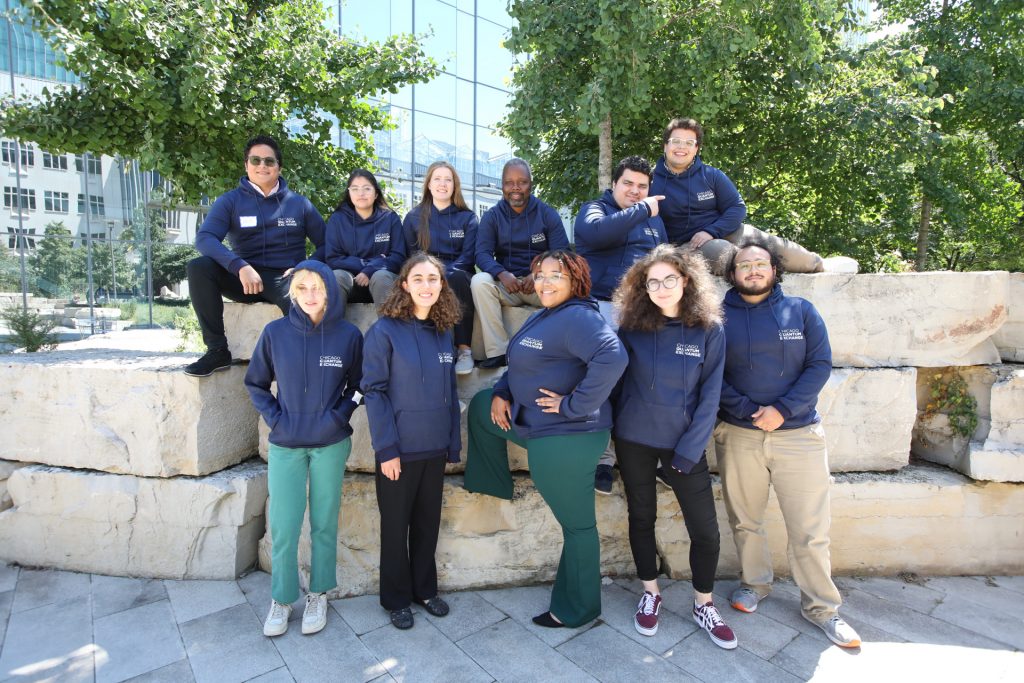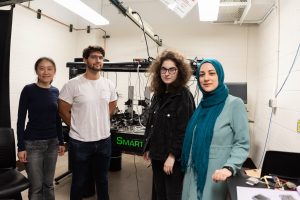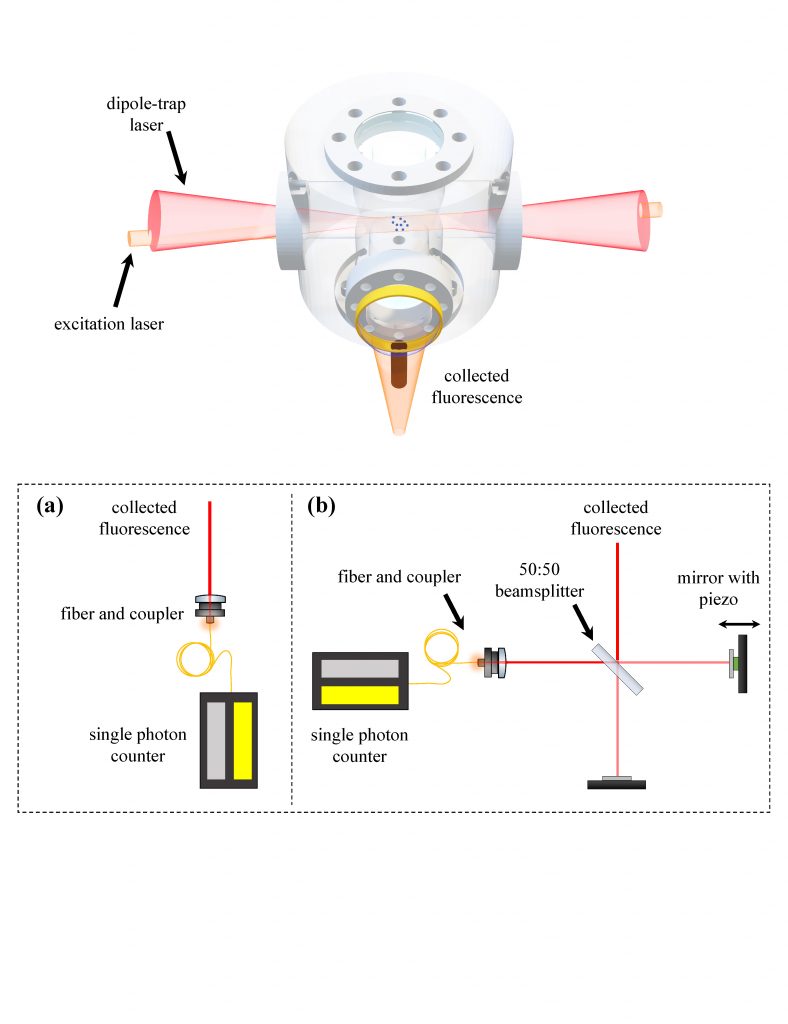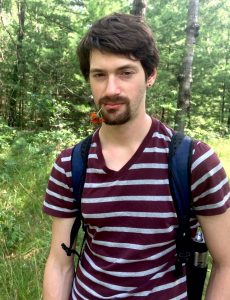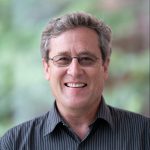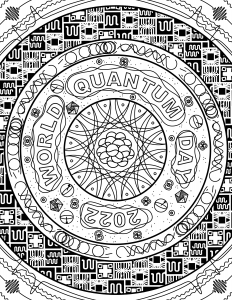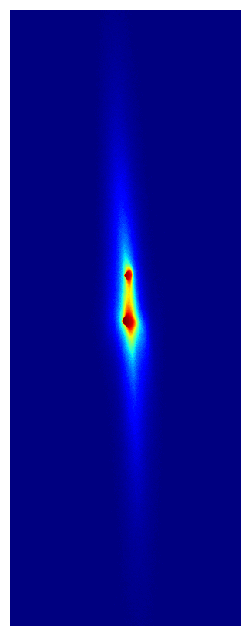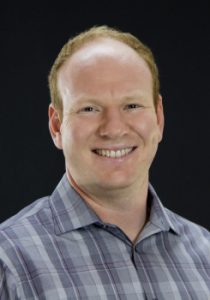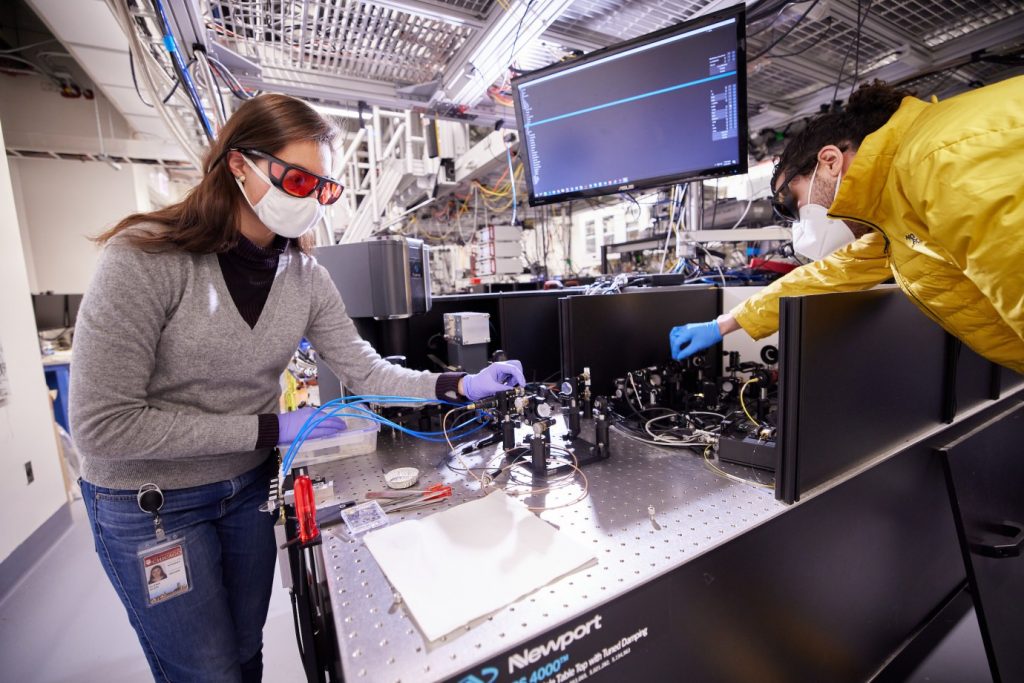This article was originally published by Princeton Engineering
Electromagnetic noise poses a major problem for communications, prompting wireless carriers to invest heavily in technologies to overcome it. But for a team of scientists exploring the atomic realm, measuring tiny fluctuations in noise could hold the key to discovery.
“Noise is usually thought of as a nuisance, but physicists can learn many things by studying noise,” said Nathalie de Leon, an associate professor of electrical and computer engineering at Princeton University. “By measuring the noise in a material, they can learn its composition, its temperature, how electrons flow and interact with one another, and how spins order to form magnets. It is generally difficult to measure anything about how the noise changes in space or time.”
Using specially designed diamonds, a team of researchers at Princeton and the University of Wisconsin–Madison have developed a technique to measure noise in a material by studying correlations, and they can use this information to learn the spatial structure and time-varying nature of the noise. This technique, which relies on tracking tiny fluctuations in magnetic fields, represents a stark improvement over previous methods that averaged many separate measurements.
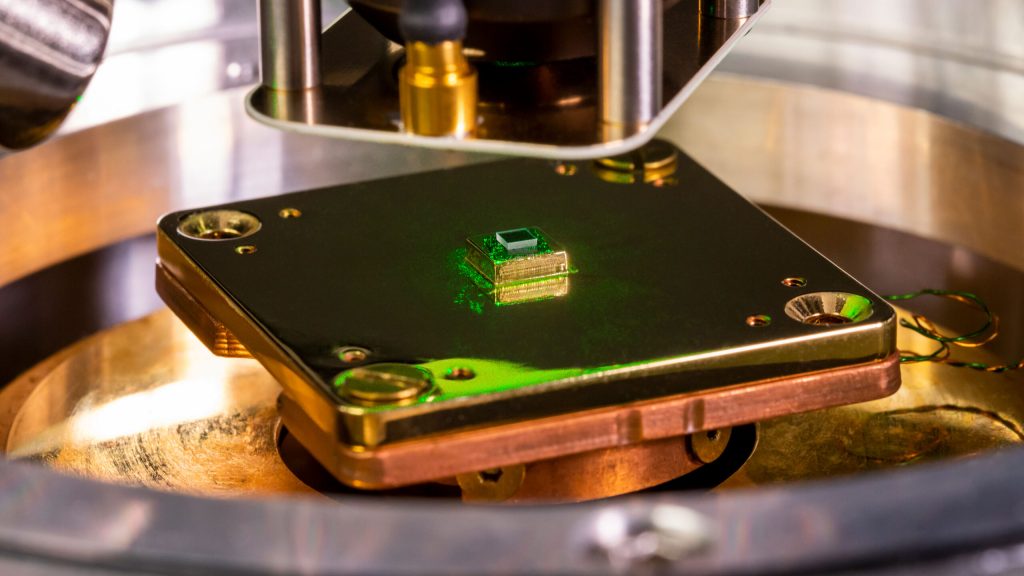
De Leon is a leader in the fabrication and use of highly controlled diamond structures called nitrogen-vacancy (NV) centers. These NV centers are modifications to a diamond’s lattice of carbon atoms in which a carbon is replaced by a nitrogen atom, and adjacent to it is an empty space, or vacancy, in the molecular structure. Diamonds with NV centers are one of the few tools that can measure changes in magnetic fields at the scale and speed needed for critical experiments in quantum technology and condensed matter physics.
While a single NV center allowed scientists to take detailed readings of magnetic fields, it was only when de Leon’s team worked out a method to harness multiple NV centers simultaneously that they were able to measure the spatial structure of noise in a material. This opens the door to understanding the properties of materials with bizarre quantum behaviors that until now have been analyzed only theoretically, said de Leon, the senior author of a paper describing the technique published online Dec. 22 in the journal Science.
“It’s a fundamentally new technique,” said de Leon. “It’s been clear from a theoretical perspective that it would be very powerful to be able to do this. The audience that I think is most excited about this work is condensed matter theorists, now that there’s this whole world of phenomena they might be able to characterize in a different way.”
One of these phenomena is a quantum spin liquid, a material first explored in theories nearly 50 years ago that has been difficult to characterize experimentally. In a quantum spin liquid, electrons are constantly in flux, in contrast to the solid-state stability that characterizes a typical magnetic material when cooled to a certain temperature.
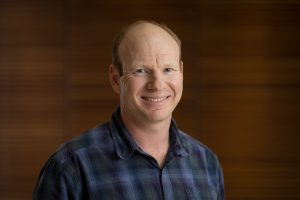
“The challenging thing about a quantum spin liquid is that by definition there’s no static magnetic ordering, so you can’t just map out a magnetic field” the way you would with another type of material, said de Leon. “Until now there’s been essentially no way to directly measure these two-point magnetic field correlators, and what people have instead been doing is trying to find complicated proxies for that measurement.”
By simultaneously measuring magnetic fields at multiple points with diamond sensors, researchers can detect how electrons and their spins are moving across space and time in a material. In developing the new method, the team applied calibrated laser pulses to a diamond containing NV centers, and then detected two spikes of photon counts from a pair of NV centers — a readout of the electron spins at each center at the same point in time. Previous techniques would have taken an average of these measurements, discarding valuable information and making it impossible to distinguish the intrinsic noise of the diamond and its environment from the magnetic field signals generated by a material of interest.
“One of those two spikes is a signal we’re applying, the other is a spike from the local environment, and there’s no way to tell the difference,” said study coauthor Shimon Kolkowitz, an associate professor of physics at the University of Wisconsin–Madison. “But when we look at the correlations, the one that is correlated is from the signal we’re applying and the other is not. And we can measure that, which is something people couldn’t measure before.”
Kolkowitz and de Leon met as Ph.D. students at Harvard University, and have been in touch frequently since then. Their research collaboration arose early in the COVID-19 pandemic, when laboratory research slowed, but long-distance collaboration became more attractive as most interactions took place over Zoom, said de Leon.
Jared Rovny, the study’s lead author and a postdoctoral research associate in de Leon’s group, led both the theoretical and experimental work on the new method. Contributions by Kolkowitz and his team were critical to designing the experiments and understanding the data, said de Leon. The paper’s coauthors also included Ahmed Abdalla and Laura Futamura, who conducted summer research with de Leon’s team in 2021 and 2022, respectively, as interns in the Quantum Undergraduate Research at IBM and Princeton (QURIP) program, which de Leon cofounded in 2019.
The article, Nanoscale covariance magnetometry with diamond quantum sensors, was published online Dec. 22 in Science. Other coauthors were Zhiyang Yuan, a Ph.D. student at Princeton; Mattias Fitzpatrick, who earned a Ph.D. at Princeton in 2019 and was a postdoctoral research fellow in de Leon’s group (now an assistant professor at Dartmouth’s Thayer School of Engineering); and Carter Fox and Matthew Carl Cambria of the University of Wisconsin–Madison. Support for the research was provided in part by the U.S. National Science Foundation, the U.S. Department of Energy, the Princeton Catalysis Initiative and the Princeton Quantum Initiative.
The University of Wisconsin–Madison’s Department of Physics contributed to this article.
